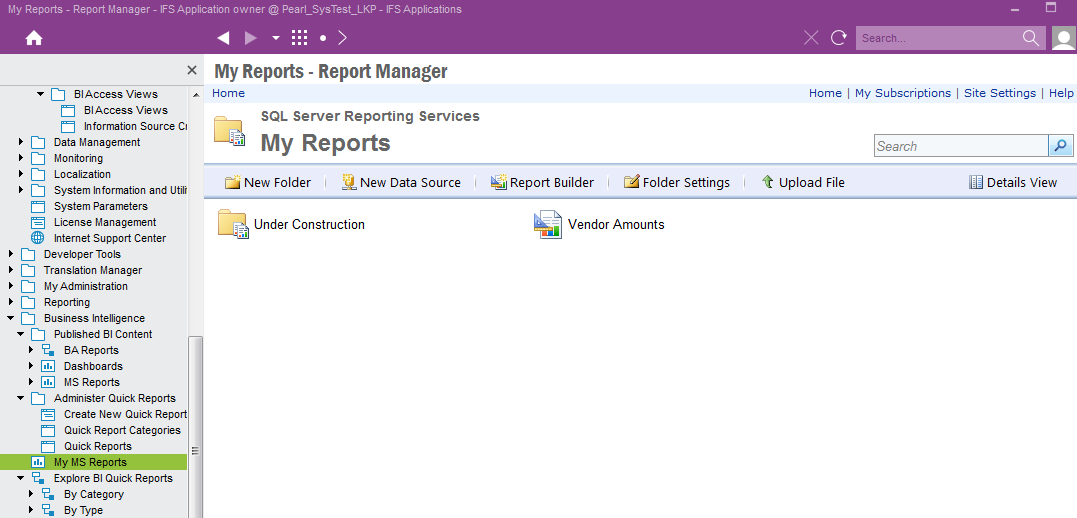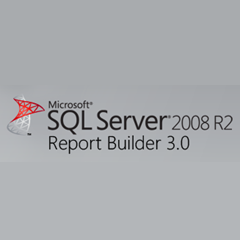
- #Ms report builder download update
- #Ms report builder download download
- #Ms report builder download windows
I added descriptive text to each column header, added ~400 common WSUS errors and changed the overall compliance criteria for example. I recently updated the whole solution and changed it significantly. But since I still use the report and find it quite helpful, I decided to share that with the rest of the world. If I were to start now it would be a PowerBI version or I would simply grab one of the PowerBI reports available from the MECM community. I then made that available to several departments in the organization.Īs mentioned before, it's been a while since I created the report. I ended up with a comprehensive SQL query and an Excel sheet, but changed that to a SQL Server Reporting Services (SSRS) report. I used different reports to look for clients not installing the necessary updates, but it was time consuming and I was missing a general overview with some meaningful KPIs. I will use the current name: "Microsoft Endpoint Configuration Manager" (MECM) in the rest of the blog.
#Ms report builder download update
I am a Microsoft Customer Engineer (CE formerly known as PFE) and a while back (years in fact) I was asked to analyze the update compliance status of a SCCM/ ConfigMgr/MECM environment.
#Ms report builder download windows
New Post Master Enterprise Windows Service Posts D.Management Reporter and Analytical Accounting.Dynamics GP Window Opens Automatically When GP Is.SQL Server Reporting Services Configuration Manage.This blog represents her views only, not those of her employer. She is a supervising consultant with BKD Technologies, providing training, support, and project management services to new and existing Microsoft Dynamics customers. Hope this little bit of introduction to Report Builder, and how you can start using it NOW, helps!Ĭhristina Phillips is a Microsoft Certified Trainer and Dynamics GP Certified Professional.

An individual report can actually contain multiple datasets, which can be unrelated.this is particular useful if you are designing a dashboard-style report with different information displayed in different regions of the report You can create shared data sets to be deployed to SSRS and used on multiple reportsĢ. Also, I should note a couple interesting things about data sets.ġ. If you choose to use one of the report wizards to create your report, you will be guided through the process of creating both a dataset and a data source for your report. Or it might execute a stored procedure to return results to be used on your report. For example, a dataset might select data from tables or views in your database. In the most basic terms, the Dataset is the query used to pull information from the database. But in Report Builder and SSRS, you then also have the concept of a Dataset.

In Report Builder and SSRS, you have a data source (just like you would with Crystal Reports) that stores the information necessary (e.g., database, server, user login) to connect to the database you want to report on. One other concept I should toss out there, if you are going to give Report Builder a whirl, and you have not previously worked with SQL Reporting Services- the concept of Data Source -vs- Dataset. Or, if you do have SQL Reporting Services configured, you can deploy the RDL to the Report Manager website (but, again, this is not required).
Once the report is created, you can save the RDL file to your desktop or other shared location to be run again (just like you could save an RPT file and run the report in Crystal Reports). If you choose the "New Report" option, you can then select a type of report to create and you will be guided through the process of creating a report (as opposed to choosing Blank Report, which will give you a blank canvas) to begin with. When you launch the Report Builder, you will be greeted with a Getting Started window like this:
#Ms report builder download download
In those situations, you can just download the Report Builder and get going! Sometimes, it's just one or two users who want to create and generate reports for themselves- as opposed to developing reports for others. Why is this a good thing? Well, some organizations don't necessarily have a need to deploy reports out to a number of users. But it seems like a lot of folks don't realize that you can actually use the Report Builder 3.0 much like the Crystal Reports designer application- to create and run reports on your desktop (wtihout necessarily having SQL Server Reporting Services deployed and configured). I mean, if you use the Report Builder with SQL Server Reporting Services, you can deploy the reports you create to the Report Manager website and allow other users to access and run them.

Most folks seem to associate the SQL Server 2008 R2 Report Builder (Report Builder 3.0) with SQL Server Reporting Services.


 0 kommentar(er)
0 kommentar(er)
